We take a closer look at 10-gauge, from its history to its usefulness to what its future holds.
I remember a pal of mine who had a 10-gauge H&R single-shot shotgun. It weighed less than 10 pounds and had a 36-inch barrel and a thick vented recoil pad. You’ll note I didn’t say fondly remember.
That 10 swung like a 6-foot 2×4 and whacked your shoulder like it wanted to prove a point, and that point was the distance that 10-gauge could hit at. At the ranges where a 2-3/4-inch 12-gauge starts sputtering out, it seemed like the 10 still had plenty of steam.
We made some phenomenally long shots with that shotgun, and I guess that was the transaction when shooting a big-bore like the 10-gauge: sore shoulders and each hunter with our limit of ducks.
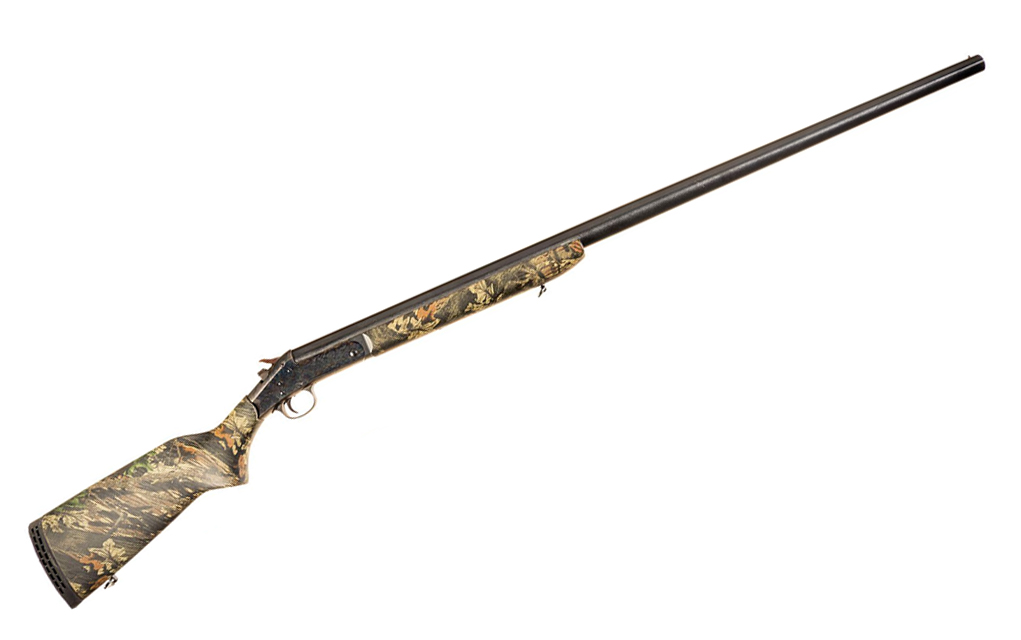
As much as I tried to bury my memories of the 10-gauge, there are others who still swear by it. The number of those individuals is few and dwindling, but in my mind, 10-gauge will not go gentle into that good night.
What Is A 10-Gauge Good For
10-gauge shotguns are not do-all shotguns like 12-gauges are. They were at a time, but not anymore. Today, this gauge specializes in distant, high-flying targets and is best suited for a goose pit or blind—geese, swan, the 747-class of migratory waterfowl.
In fact, the 10-gauge is the largest legal waterfowl gauge allowed per the Migratory Bird Treaty of 1916 signed by the United States and Canada. The big-bore shotgun sure hammers Canada geese, but the guns are too heavy for a day spent chasing grouse or pheasant, and the lack of light factory loads does not endear it to busting clays.
There is, however, a devoted group of 10-gauge followers much like there is for 16-gauge. So, what’s the attraction to the largest legal bore? We need to go back to the Old West to answer that.


10-Gauge Black Powder To Smokeless
The 10-gauge was born in the black powder era when puffs of smoke followed each shot, and powder, wad and shot were loaded separately down the muzzle. This eventually gave way to loaded shells and 10-gauge quickly gained a similar status to what the 12-gauge enjoys today.
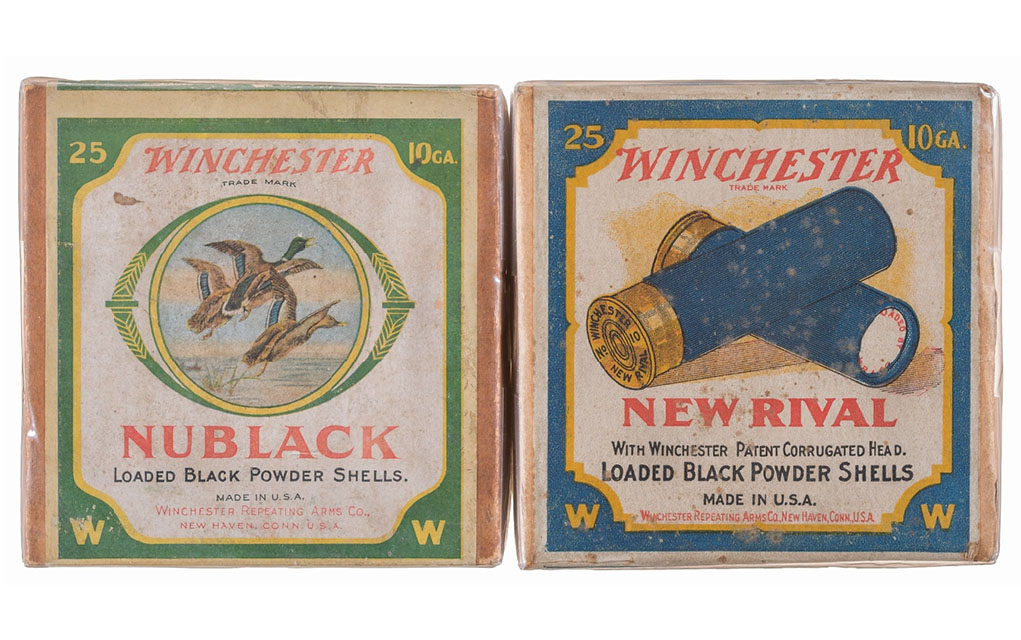

Not all 10-gauge shotguns were side-by-sides, either. Winchester introduced the first successful repeating shotgun, the Model 1887, which was a lever-action available in 10- and 12-gauge. By the time smokeless powder came around the 10-gauge made an easy transition from black powder shells to smokeless shells.
The Winchester Model 1901 (the updated Model 1887 lever-action) was designed specifically to handle the new more powerful 10-gauge 2-7/8-inch smokeless shells. Despite this, 12-gauge was already creeping into 10-gauge’s territory. Winchester’s Model 1897 pump-action wasn’t even offered in 10-gauge, only in 12- and 16-gauge. By about 1930, the 10’s days were looking numbered.
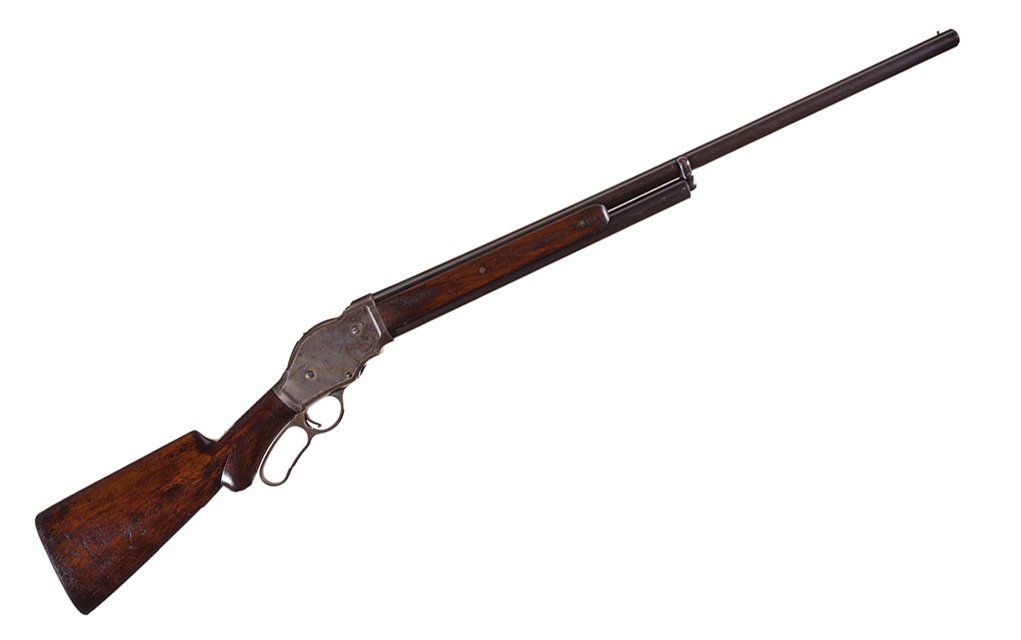

The Modern 10-Gauge Shell
Winchester and Ithaca consorted in the early 1930s not only to create the 10-gauge magnum shell, which is the 10-gauge 3-1/2-inch shell as we know it today, but a new side-by-side shotgun to go with it called the New Ithaca Double. The partnership did not revolutionize shotgunning, but it did give goose hunters another option and helped 10-gauge to hold on for a bit longer.


The next development that helped 10-gauge’s popularity was the introduction of the Ithaca Mag 10 semi-automatic shotgun in 1975. 10-gauge has a lot of kick, and it’s accentuated when fired from a system that has no recoil absorption like a double-barrel, so the introduction of a softer-shooting semi-auto helped make it more appealing. This gas-operated shotgun weighed 11 pounds with a 32-inch barrel and stifled the felt recoil of 2-1/4-ounce shot loads. Remington eventually bought Ithaca’s patent for the Mag 10, modified the design and called it the SP 10. The high weight of these two shotguns combined with their gas-operated actions helped ease felt recoil and made the 10-gauge much more pleasant to shoot.


Non-Toxic Shot Boosts The 10-Gauge’s Popularity
At this point in 10-gauge’s life, all looked grand. Goose populations were on the uptick and turkey hunting was coming back as well. Plus, thanks to new hunting laws that started being enacted in the 1980s, the use of non-toxic steel shot was now being mandated for waterfowl hunting in place of lead. This change placed 10-gauge in a perfect position to grow in popularity.
This is because early factory steel loads lacked power and pellet density. Powder and shot material technology were not what they are today. Back then you needed to shoot much bigger steel shot pellets due to the low density of steel shot compared to the lead shot that was previously used by hunters. You also needed to use a more open choke with steel to get similar patterns that were achieved using a tighter choke and lead shot. Besides that, steel shot didn’t always play nice with some shotgun barrels that had older fixed chokes.
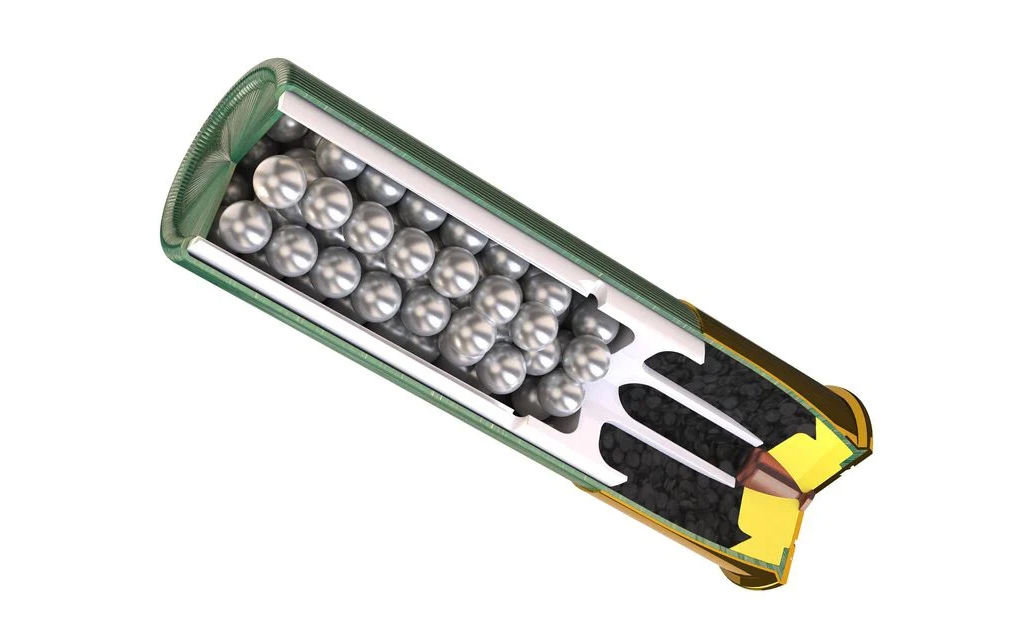

Today, we take screw-in choke tubes for granted and are very familiar with the efficacy of other shot materials like bismuth and tungsten. However, back in the 80s, larger steel pellets meant fewer pellets could be stuffed in 3-inch 12-gauge shells which resulted in bad pattern density. The answer to this problem at the time was 10-gauge. It could still deliver the goods with non-toxic steel shot, offering more pellets per payload compared to similar 3-inch 12-gauge loads. Even if it was just the result of a law changing the scene, it did give 10-gauge a new distinct advantage over 12-gauge for certain tasks, and the obvious result was many bird hunters opting to make the switch. Had the planets aligned? Was 10-gauge about to enjoy a renaissance? Federal and Mossberg had other ideas. Ideas that doomed the future of 10-gauge.
Rise of the 12-Gauge 3-1/2-Inch Shell
The year was 1988 and Mossberg debuted the model 835 Ulti-Mag pump-action shotgun, but the real surprise that year was the gun’s new 3-1/2-inch chamber and the introduction of the 12-gauge 3-1/2-inch shell. The 10-gauge was simply outgunned.
A 3-1/2-inch 12-gauge shell could do basically everything that 10-gauge could do equally well if not better. Plus, the 3-1/2-inch 12-gauge was available in lighter shotguns that could also shoot 2-3/4-inch and 3-inch shells. This development gave 12-gauge excellent versatility as you could now fire everything from light target loads to heavy goose loads all out of the same gun.
Benelli introduced the semi-auto Super Black Eagle with a 3-1/2-inch chamber about three years after Mossberg’s 835 Ulti-Mag, and this essentially knocked the SP 10 off the magnum bore pedestal and put the last few nails in 10-gauge’s coffin.
Taking a look at current 10- and 12-gauge waterfowl and turkey loads, it’s easy to see that the long 3-1/2-inch 12-gauge loads perform equally as well or better than equivalent 10-gauge loads.
Waterfowl Loads:
| LOAD/GAUGE | SHOT SIZE | TYPE | SHOT CHARGE | MUZZLE VELOCITY (FPS) |
| Federal Black Cloud 10 gauge 3-1/2” | 2 | Steel | 1-1/2 oz. | 1,450 |
| Federal Speed-Shot 12 gauge 3-1/2” | 2 | Steel | 1-1/2 oz. | 1,500 |
Turkey Loads:
| LOAD/GAUGE | SHOT SIZE | TYPE | SHOT CHARGE | MUZZLE VELOCITY (FPS) |
| Federal Grand Slam 10 gauge 3-1/2” | 4 or 5 | Copper Plated Lead | 2 oz. | 1,200 |
| Federal Grand Slam 12 gauge 3-1/2” | 4 or 6 | Copper Plated Lead | 2 oz. | 1,200 |
| Federal 3rd Degree 12 gauge 3-1/2” | 5, 6, or 7 | Tungsten/Lead | 2 oz. | 1,250 |
The 10-Gauge Edge
The side-by-side comparison of 12- and 10-gauge muzzle velocities shows that the 12 is the obvious winner, at least on paper. As for ammo availability, 12 gauge also offers a greater variety of shot sizes and payloads.
There are, however, advantages that 10-gauge still has over 12-gauge. Since the bore of the 10-gauge has a larger diameter, the pellets tend to pattern more efficiently, especially at longer ranges. Plus, because 10-gauge shotguns are heavier than 12-gauges, they’ll kick comparatively less when shooting powerful hunting loads. If nothing else, their ability to produce better patterns at longer ranges with less kick means that 10-gauge shotguns still have their place as dedicated waterfowl guns.
10-Gauge Shotguns
At the time of this writing, zero manufacturers are producing new 10-gauge shotguns.
Browning was the last holdout to still make them for many years, both pumps and semi-autos, but even they recently threw in the towel and ceased production. So, if you’re interested in buying one, your only option is now the second-hand market. Unfortunately, the choices are pretty limited and prices are high.


If you want a pump-action, the only model we’re aware of is the Browning BPS, and even their used prices seem to typically start at around $1,000. Semi-autos like the Ithaca Mag-10, Remington SP-10 and Browning Gold are even more pricey. Expect to pay around $1,200 on the low end for an Ithaca, around $2,000 for a Remington and closer to $5,000 for a Browning.
The least expensive 10-gauge shotgun you’ll be able to find will almost certainly be a single-shot, likely a New England Firearms or H&R model, but even these typically go for between $500 and $800. In the same price range, you might be able to find an older double-barrel as well. Any way you slice it, as far as typical shotgun prices go, 10-gauges are expensive.
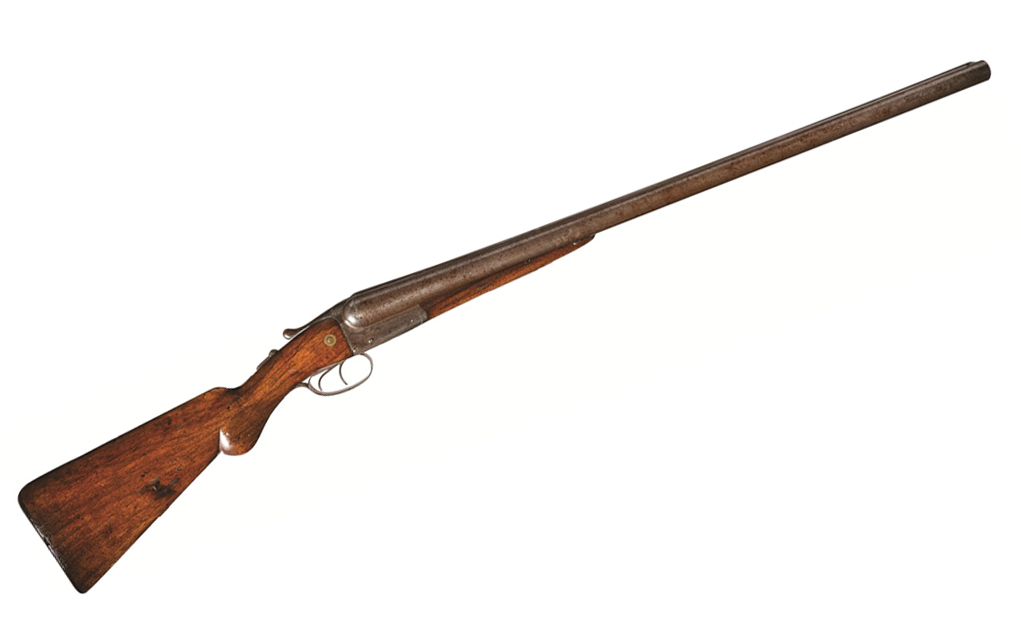

Regarding 10-gauge ammunition, it’s still readily available but also quite pricey. Plenty of manufacturers like Winchester, Federal and Remington all still produce a variety of loads for it, but the cheapest of those will run you about $1 per shell. The price obviously only goes up from there for fancier hunting loads.
The 10-Gauge Niche
With nobody making 10-gauge shotguns anymore, it’s safe to say that the gauge is on its way out. Like 16-gauge, however, it probably won’t entirely disappear either.
As long as 10-gauge retains its few distinct advantages over 12-gauge for waterfowl hunting, as slight as they may be, a dedicated group of users will continue to employ it for the foreseeable future. It’s not going to gain in popularity ever again, but for now, 10-gauge has found its niche as a dedicated bird gun gauge that offers better long-range patterns than 3-1/2-inch 12-gauge shells.
The vast majority of people in the market for a shotgun today should stick with 12-gauge, but if you have a fondness for big-bore boomsticks and have birds that need killing, 10-gauge can still be an excellent, effective choice.
More On Shotguns:


Next Step: Get your FREE Printable Target Pack
Enhance your shooting precision with our 62 MOA Targets, perfect for rifles and handguns. Crafted in collaboration with Storm Tactical for accuracy and versatility.
Subscribe to the Gun Digest email newsletter and get your downloadable target pack sent straight to your inbox. Stay updated with the latest firearms info in the industry.
Read the full article here









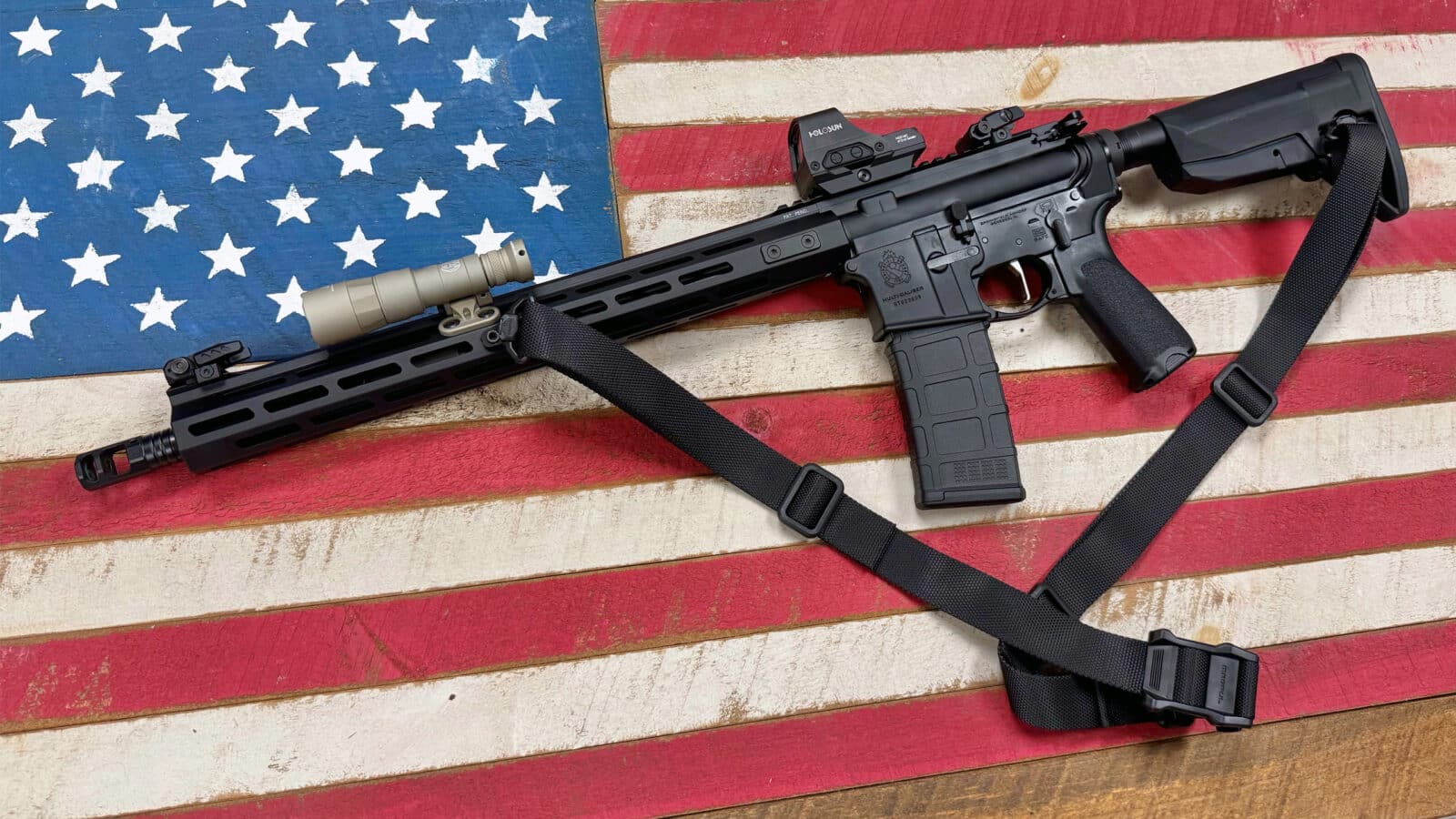




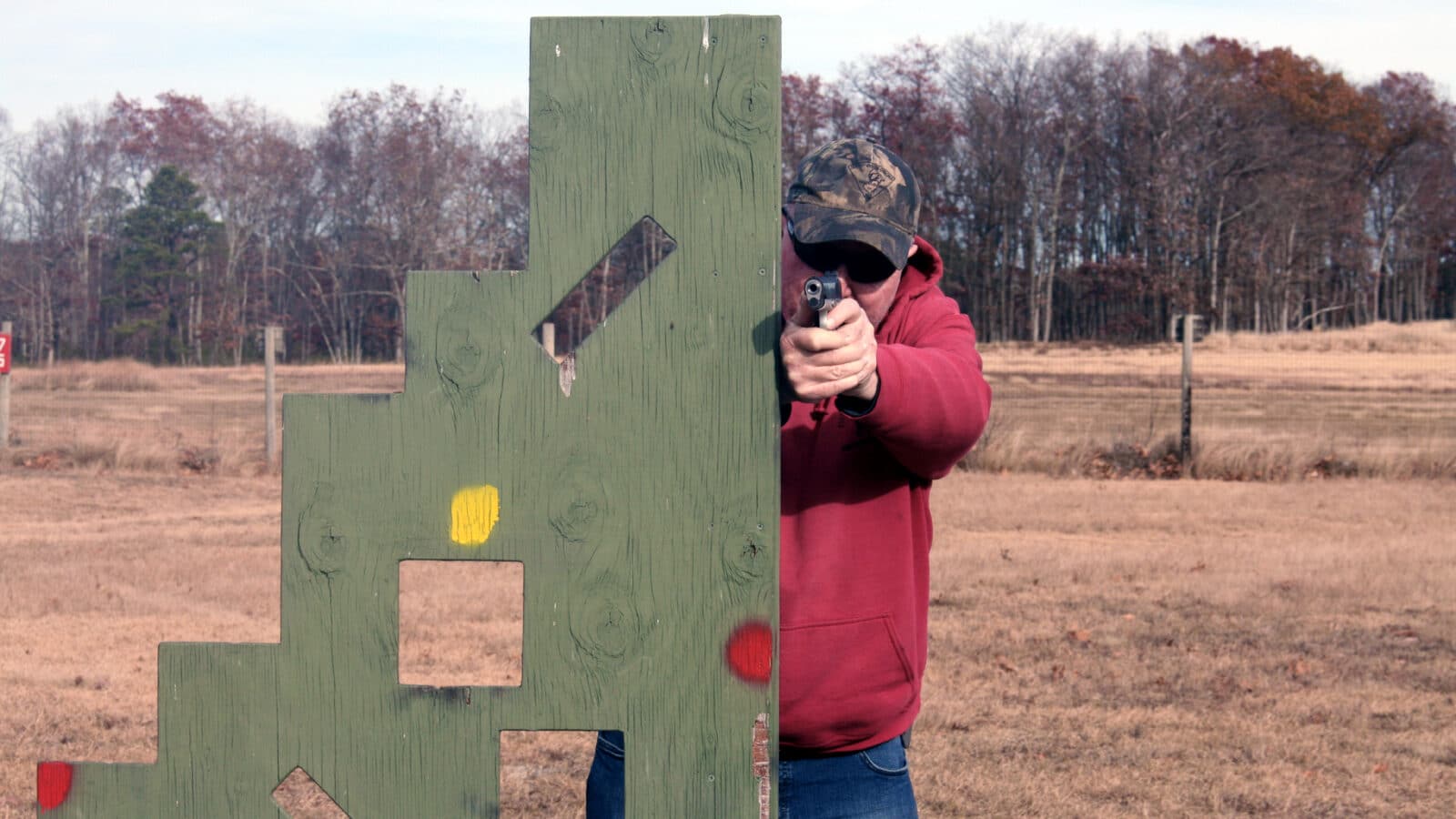



Leave a Reply